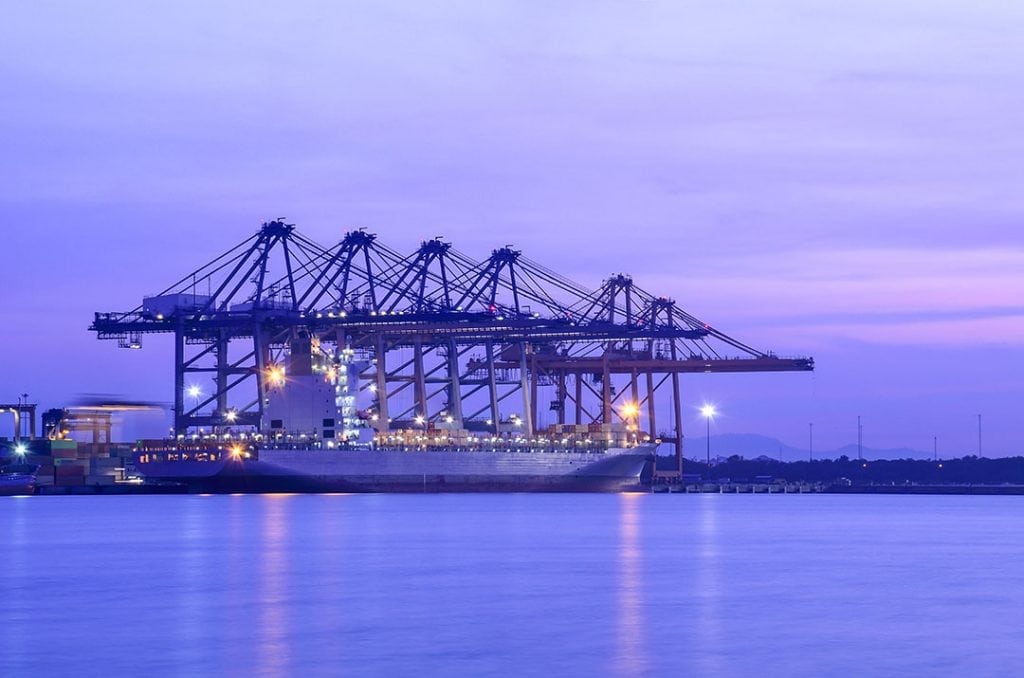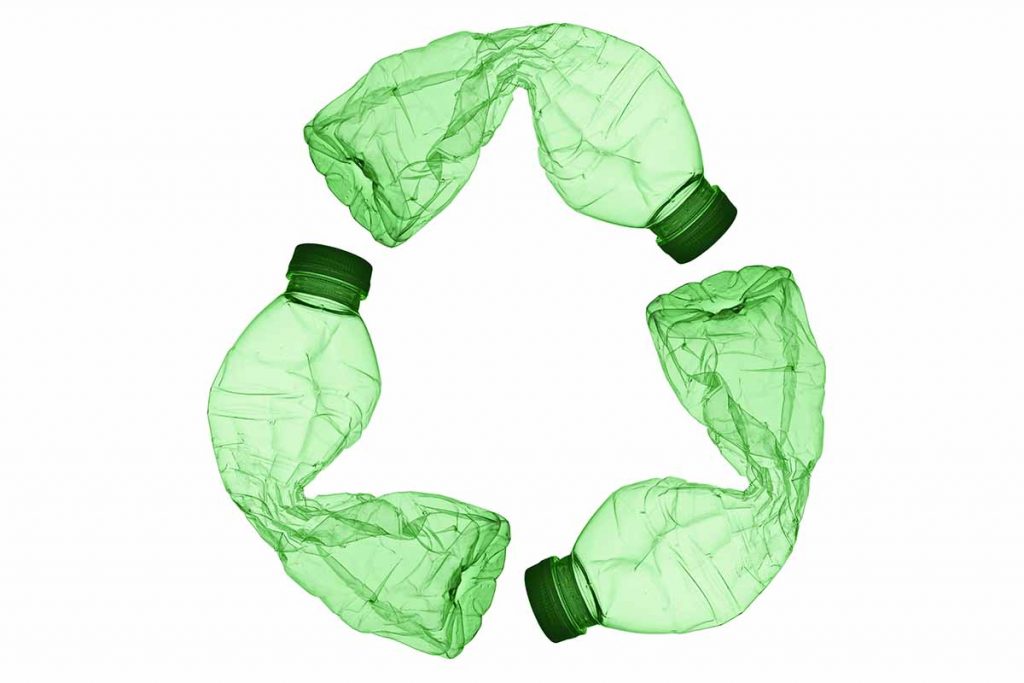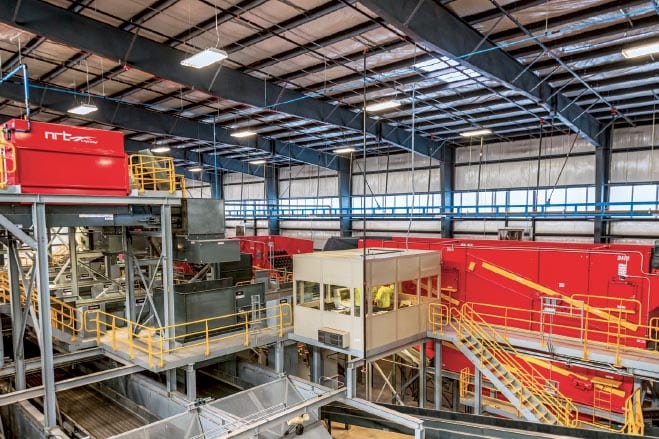
Deaths related to mechanical incidents topped the list of causes for the first time since SWANA began collecting fatality data. | YES Market Media/Shutterstock
Waste industry worker fatalities rose to 46 in 2022, a nearly 65% increase over the prior year.









